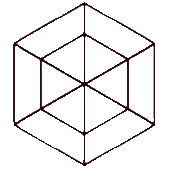1777 words
Parent: T.00_ED_TEXTUAL HOLOGRAM: PRESENTATION
PROTOTYPE
Source: Elie During, “From project to prototype (or how to avoid making a work)”, in Panorama 3.Salon des prototypes, Le Fresnoy, Studio National des Arts Contemporains, 2002, p. 17–29.
1. The idea of process proves rather sterile if we insist on opposing it to that of the finished work. It’s a familiar refrain, one that has been played to a binary rhythm for decades now: work/process, object/project, finished/unfinished, closed/open. Coming upon these forks in the conceptual road, we always take the same turning, the one marked “process”, but it is clearly the idea of the artwork that determines their common space: whatever else you do, don’t show a finished object that can be defined or named, avoid any kind of resting on the finished form, keep initiating and re-booting a process, an experience, an exploration, etc. Experience and process may manifest themselves through a multiplicity of traces and inscriptions, of echoes and mediations, they are still generally defined in discourse in a way that is purely negative, as this impossibility of seeing, of naming, of defining and delimiting, etc., which are supposed to free us from the scopic or objective regime of the artwork. This is enough to make us suspicious. On closer inspection, it appears that this overvaluation of process amounts to turning the work into an idea—a superlative Work which, by definition, can only be precariously and inadequately represented in an image, and stands beyond the finite premisses of any of its particular instances. Thus, Beuys presents his honey pump as an idea object that could be installed in a thousand different ways: in an exhibition hall at Documenta as well as in a manifesto: “the honey pump is perfectly able to reproduce simply, in the form of a sign, […] certain human principles, such as the principle of circulation, for example.” The process can switch smoothly into an object (material, textual or otherwise), and the object become in turn a process, as long as the project is merely conceived as the interval separating the possible from the actual along a line of concretization (work in progress, open work), or as a multi-layered, bifurcating circuit that elicits new possibilities in the very process of realising the work (process art).
2. The point is that in the frictionless world of superlative works, the project for a particular artwork, as indulgently presented by “processual” aesthetics and recently reintroduced in the form of “relational” aesthetics, is never confronted with genuine failure. Considered as a virtually infinite reservoir of creative resources, the artistic project encounters no resistance. It is, really, a speculative object. Building a prototype is another matter. Failure here reveals what is a constitutive dimension of the creative process. It is possible that the prototype may not function at all, and this would already demonstrate something. Conversely, it may turn out to work too well, like those racing cars whose mechanical properties or performances are too extreme for the needs of mass production. You could say: it matters little whether it succeeds or fails, providing it works—to some degree, up to a point, before it collapses. This is not a new posture (a dandyism of the fiasco), rather a way of taking the idea of experimentation seriously. Above all, it is a matter of not turning “experience” into some metaphysical, incantatory notion. Instead of setting the open-ended, indeterminate character of process or the serendipity of random encounters against the traditional object of “retinal art”, as framed by the canons of ordinary perception, we should consider “experience” in the technical sense, as a synonym of experimentation. Think of feasibility studies, tearing tests for materials, technical checks, and the like.
3. Granting prototype the status of a genuine aesthetic category supposes that we see it functioning at each stage of the work’s development, and in the most diverse forms. Extended to the field of artistic practices, the idea of prototype makes manifest, first of all, the fact that the idea of the work does not pre-exist its becoming, but is coextensive with it, present at every stage. The prototype, in this sense, can be found at every phase of its making: it is a “unit of becoming”—as Simondon would say—, a unit of becoming that should not be identified with becoming itself, or with the overall form of process. In fact, the category of prototype substitutes for that of process (and for the open-ended Work as the ideal hypostasis of such process) the more definite idea of a cross-section of the evolution of the entire project.
4. Proto-typos: literally, it is the first type, the primitive form. In the 17th century, “prototype” still designated the perfect model, the archetype, along with more technical usages in the domain of typography. But we no longer understand it that way. Since the late 19th century, the word has been somewhat paradoxically defined as “the first real model of an object”. The model of an object, therefore, but a real model, distinct from the object on its own terms. This needs to be understood in relation to two other concepts to which the prototype cannot exactly be reduced, but that structure its definition: on one hand, that of the model or original to be imitated, copied or reproduced; on the other, that of the first copy in a series that was effectively produced (for example, the first pressing in the production of a vinyl disc). On one side, there is what we may call the type, whether in the absolute sense (that of an archetype or paradigm), or only in the relative sense (a sample, the most perfect or exact example/copy of a collection). On the other side, the first example (proton), which is less the materialisation of a project (its actual accomplishment) than a materialised project (a provisional concretization offering a “moment of truth” in the form of a preliminary test or trial); it is less an open work than a prospective object. The work as prototype conjoins these two orientations: it is both ideal and experimental. This ambivalent status corresponds in fact to a practical function. The prototype substitutes for the worn-out idea of project that of the model, in the technical sense of modelling. It hardly matters whether it is a three dimensional, “life-sized” working model, or only a scale model (maquette) or even a virtual one (diagrammatic or “abstract”): either way it performs its main function by reflecting the creative process in a visible framework (a mechanical or digital apparatus), in order to elicit the criticisms prompted by the conception of the work before it actually becomes fully operational.
5. In encouraging us to recognise that “it is the real that becomes possible, not the possible that becomes real”, Bergson was doing more than just reverse the usual terms; he was being more radical, suggesting that we put this opposition behind us and think in terms of a reality “in the making”. If artists can respond to this imperative, it will obviously not be by starting to make new kinds of objects (chocolate grinders or flying saucers), no more than by merely disseminating the material and textual inscriptions of the project (jotted ideas, annotated drawings and graphs, calculations, modules, assemblages, transcriptions, injunctions and manuals), but rather by striving, as Panamarenko says, to “do exactly what would be ideal”, and doing this at every stage of the project’s elaboration, even in the event of failure: “My projects are not exactly ideas, nor are they dreams. It is not a matter of making an aeroplane, but of making exactly what would be ideal. It’s a pleasant thing, even if one doesn’t fly with it.” This implies probing, in a truly experimental way, the frontiers of the possible and the impossible, of success and failure. Now defining the model of the work as a prototype—an object that is both ideal and experimental—, shifts the perspective entirely.
6. First, the question is no longer how at any cost to avoid showing something, fixing the process in finished, complete forms, in objects and museum pieces. On the contrary, the question now is: how do you stop? How do you give the project the consistency and solidity that will make it legible? How do you manage to offer something to see, and how do you present it, install it, set it out in space and time? How do you gather up all the threads of the creative work so that you end up with something that stands alone, not as a self-subsistent accomplished work, but at least as a tangible counterpart that gives the adequate idea of the work and the operations that would make it function?
7. The second implication of embracing the perspective of the work qua prototype concerns the way we conceive of the very process of realisation. For surely, even in extreme varieties of conceptual art, something is realised at the end of the day—be it in the form of a script for further implementations or performances. Here again, the prototypical approach must be contrasted with a view inherited from a romantic conception of artistic creation. We are inclined to construe the artistic project as containing within itself the power of its realisation, as if the original idea born in the artist’s mind was already sketching the work in embryonic form, as a kind of programme, and that the only obstacles to its production were due to material contingencies, the incomprehension of philistines or the conservatism of the art world. The logic of the prototype suggests a very different image. It reveals the process of production of the work as a chain of associations and transformations, of transfers and translations. These can be identified along two axes, following Bruno Latour. On the first (horizontal) axis, that of feasibility, there is a constantly moving front, a line between the possible and the impossible, the realisable and the unrealisable, programme and anti-programme—in two words, project and object (i.e., what objects to or resists my project). This is the line on which we find the prototype, which, as we have seen, is a cross-section or a unit of becoming. The second, vertical axis is that of the project’s modification in the course of its successive translations. It allows us to measure the distance from the work or the prototype to its idea, or rather from the project at the outset and the project at the point of arrival.
Links
︎ egs.edu/biography/elie-during ︎ parisnanterre.fr/m-elie-during--697698.kjsp
From the same writer
T.00_ED_TEXTUAL HOLOGRAM: PRESENTATION T.01_ED_FOLDS AND PIXELS T.02_ED_DIGITAL SUBLIME T.03_ED_MATHEMATICAL SUBLIME T.04_ED_IMMANENT SUBLIME T.05_ED_NEXUS T.06_ED_KINKED CLASSICISM T.07_ED_LOOSE COEXISTENCE T.08_ED_FLOATING TIME T.09_ED_FLOATING SPACE T.10_ED_RETRO-FUTURES T.11_ED_EXITING VIRTUAL REALITY T.12_ED_BULLET TIME T.13_ED_GHOST TIME T.14_ED_SUBLIMINAL TIME T.15_ED_DIAGRAMS OF COEXISTENCE T.16_ED_VOLUME-IMAGE T.17_ED_VERTICAL TIME T.18_ED_TURNING MOVEMENTS T.19_ED_SUPERTIME T.20_ED_PROTOTYPE T.21_ED_ZERO-G ARCHITECTURE T.22_ED_SHOCK SPACE T.23_ED_TRANSPARENCY






